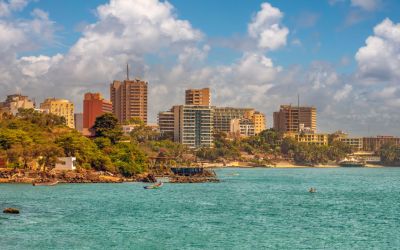Renewable electricity growth set new record this year, says IEA
According to a new IEA report, renewable electricity growth is accelerating faster than ever worldwide, with a new record achieved for renewable electricity installations this year.

According to a new IEA report, renewable electricity growth is accelerating faster than ever worldwide, with a new record achieved for renewable electricity installations this year.
Solar panels, wind turbines and other renewable technologies are set to accelerate over the coming years, supporting the emergence of the new global energy economy.
In 2021, new renewable power capacity is predicted to rise to 290 gigawatts (GW), setting an all-time high.
According to the latest edition of the IEA’s annual Renewables Market Report, by 2026, global renewable electricity capacity is forecast to rise more than 60% from 2020 levels to over 4,800 GW.
Renewables are set to account for almost 95% of the increase in global power capacity through 2026, with solar PV alone providing more than half.
The amount of renewable capacity added over the period of 2021 to 2026 is expected to be 50% higher than from 2015 to 2020. This is driven by stronger support from government policies and more ambitious clean energy goals.
Fatih Birol, Executive Director, IEA said “This year’s record renewable electricity additions of 290 gigawatts are yet another sign that a new global energy economy is emerging,”
“The high commodity and energy prices we are seeing today pose new challenges for the renewable industry, but elevated fossil fuel prices also make renewables even more competitive.”
The growth of renewables is forecast to increase in all regions compared with the 2015-2020 period.
Governments can further accelerate the growth of renewables by addressing key barriers, such as permitting and grid integration challenges, social acceptance issues, inconsistent policy approaches, and insufficient remuneration.
Despite the faster deployment of electricity, the current rate will not be enough to achieve net zero by 2050.
To reach this target, renewable power capacity would need to double from 2021-2026, biofuel demand would need to be four times higher, and renewable heat demand would need to be almost three times higher.

_400_250_80_s_c1.jpg)




